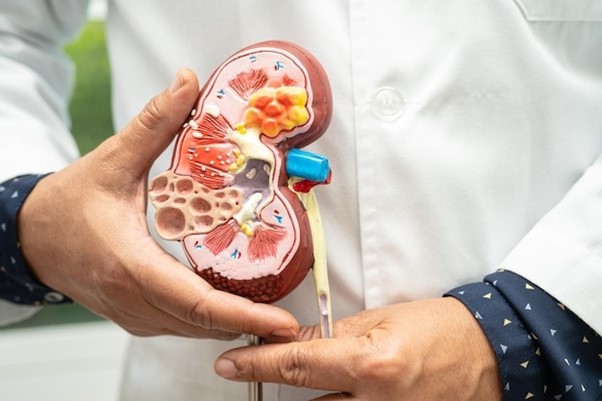Healthy kidneys act as the body's filtration system, removing waste products and excess fluid from the blood. But sometimes, due to illness or injury, kidneys can become overwhelmed and struggle to function properly. In these situations, Continuous Renal Replacement Therapy (CRRT) emerges as a lifesaving medical intervention.
Understanding CRRT
Unlike traditional hemodialysis, which is a periodic treatment done several times a week, CRRT is a continuous process. It works around the clock, 24 hours a day, to remove waste products and excess fluid slowly and gently from your blood. This gentler approach can be particularly beneficial for critically ill patients whose bodies are too unstable to tolerate the rapid fluid shifts associated with traditional hemodialysis.
Who Needs CRRT?
CRRT is typically used for patients experiencing:
Acute Kidney Injury (AKI): This sudden decline in kidney function can occur due to various factors like severe infection, major surgery, or trauma.
Fluid Overload: When the body retains too much fluid, CRRT can help remove the excess and prevent complications like pulmonary edema (fluid buildup in the lungs).
Unstable Hemodynamics: For patients with unstable blood pressure or heart function, CRRT's gradual fluid removal is often better tolerated compared to traditional hemodialysis.
How Does CRRT Work?
CRRT utilizes a special machine, and a thin, flexible tube called a catheter inserted into a large vein. Here's a simplified breakdown of the process:
Blood Withdrawal: Blood is slowly drawn from the body through the catheter.
Filtration: The blood passes through a filter that removes waste products and excess fluid, similar to how a natural kidney would function.
Replacement Fluid: A customized fluid solution is added back to the bloodstream, maintaining essential electrolytes and blood volume.
Blood Return: The cleaned blood is then returned to the body through another part of the catheter or a separate vein.
Benefits of CRRT
Compared to traditional hemodialysis, CRRT offers several advantages:
Slower and gentler fluid removal: This reduces the risk of blood pressure fluctuations and is better tolerated by critically ill patients.
More continuous removal of waste products: CRRT helps maintain a stable internal environment, minimizing stress on the body.
Flexibility in fluid management: The rate of fluid removal and replacement can be precisely adjusted based on your individual needs.
CRRT is a sophisticated medical technology that plays a vital role in supporting kidney function during critical illness. If your doctor recommends CRRT, understanding the process and its benefits can empower you to participate actively in your healthcare journey.





